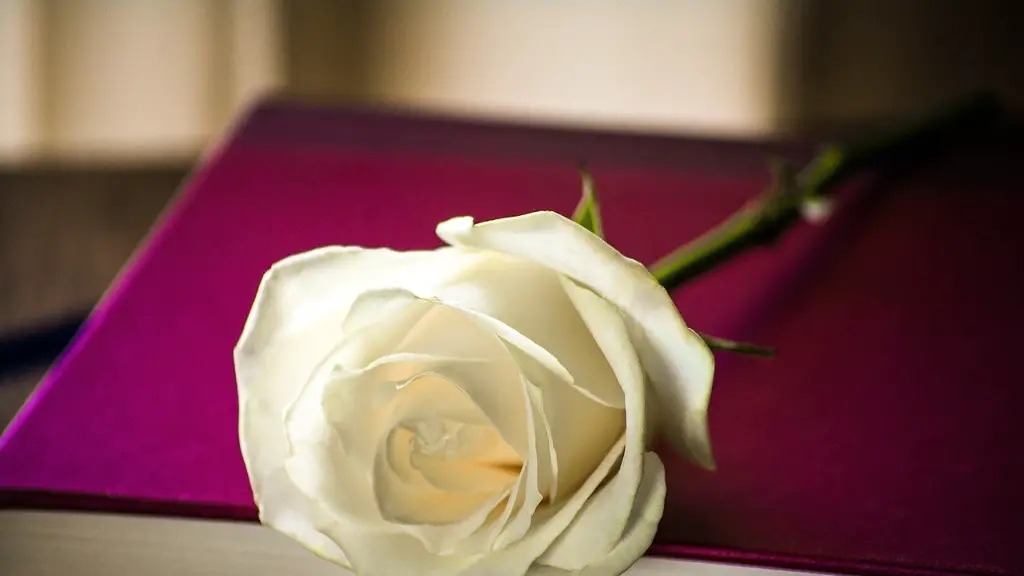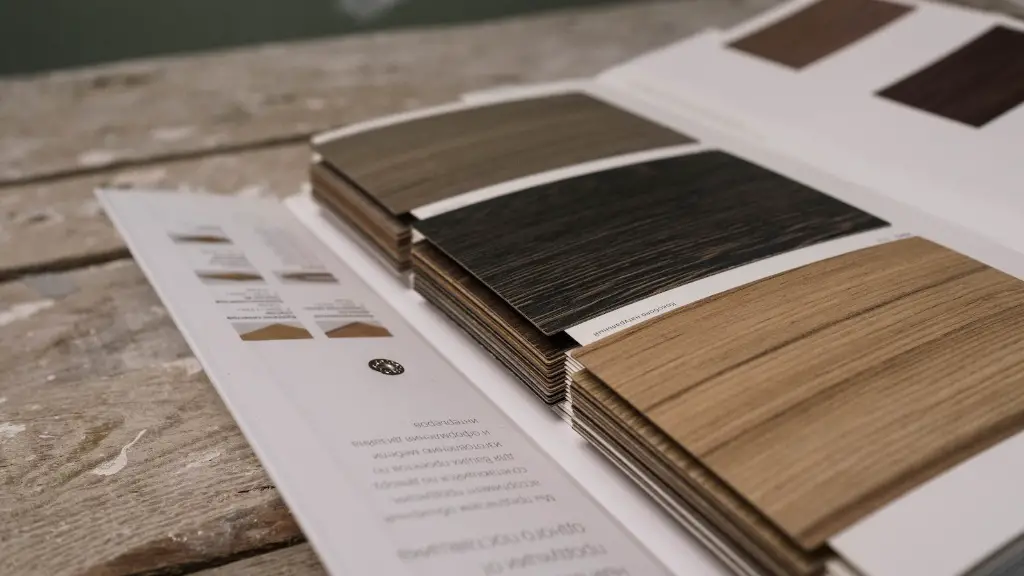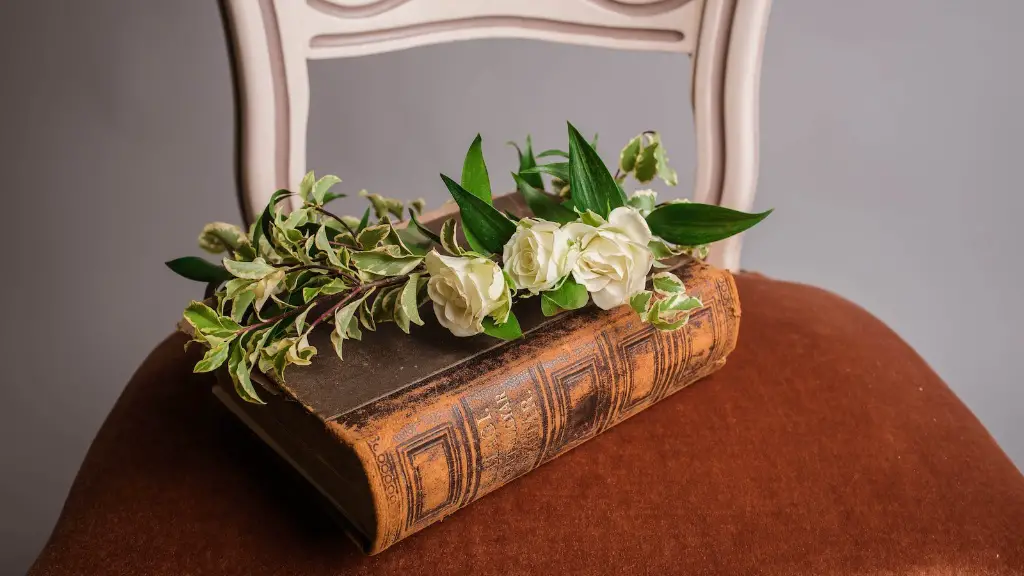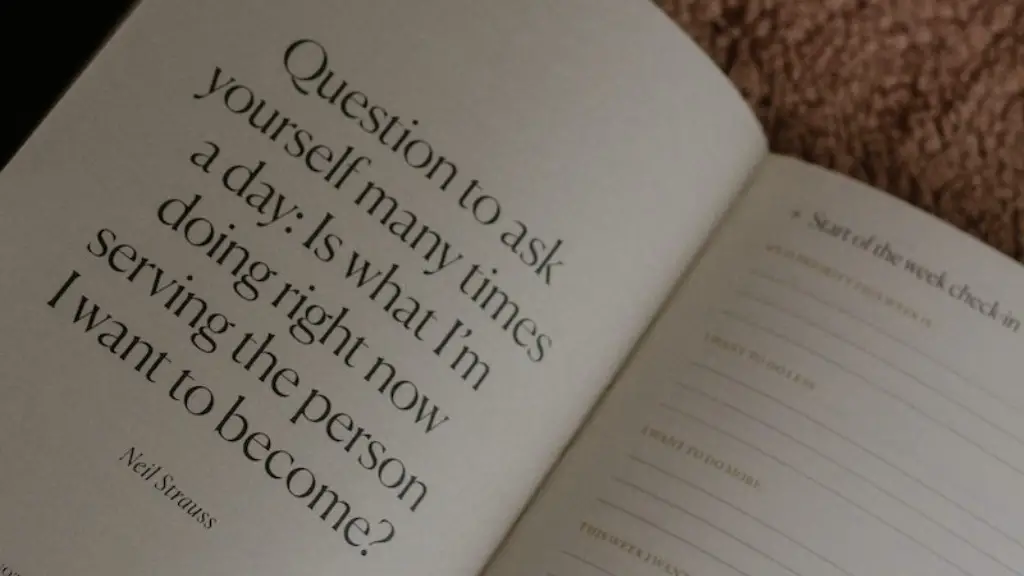Which of These Is Used to Organize Poetry?
Writing poetry can be an endlessly creative process. It’s a powerful way to take your feelings and how you see the world and express them using a structured format. Once you have all your pieces of poetic creativity together, though, how do you organize them? What is the best way to ensure your readers will understand the way you arranged and structured your work, and that it fits together as a holistic piece? Here, we discuss a few different methods, as well as pros and cons of each approach.
Musicality
The earliest form of poetry was an oral culture. Poets would tell their stories and express their feelings like they were singing them, so they adapted their words to the rhythms and melodies in their voices. This is an effective way to organize poetry, especially spoken word poetry that is meant to be performed on stage or out loud. Emphasis on the beats and syllables can help the audience understand the story you’re trying to tell, so that the emotion behind it is properly conveyed.
However, this type of arrangement only works well if you’re a good speaker, able to convey the tone and emotion of the poem and keep the tempo steady. It also relies on the audience being able to hear the words properly and understand the meaning, which can be difficult if there’s background noise or the performer has a soft voice.
Themes
Another common way to organize poetry is to arrange it by themes. This can be quite useful if you’re writing a long poem, like an epic, and want to divide it into logical parts. It also lets you express ideas more clearly if you’re tackling a complex topic. By knowing ahead of time what themes you want to focus on in each section, you can ensure that your poem stays on track.
One potential problem with this approach is that it can be hard to maintain the flow of the poem if it’s split up into multiple sections with different themes. Having too many sections can also mean that the poem feels disjointed or overly-long.
Rhymes
For many poets, rhyme is an important part of the structure of their work. This is a great way to ensure that there’s a strong sense of rhythm to the poem, and that the words have an extra layer of meaning. Rhymes can also be used to drive the story forward, or to link different parts of the poem together.
One downside of relying too heavily on rhymes is that it can be hard to find words that fit the rhyming scheme. It can also be difficult to make sure the poem flows naturally if you’re constantly needing to come up with lines that rhyme.
Tone
Tone is an important part of how a poem is structured. When you choose the right words and phrases, it can help enhance the themes of the poem and make it more powerful. A consistent tone throughout the poem is also important, as it will keep the reader engaged and ensure they understand the message of the poem.
The downside of focusing too much on tone is that it can be hard to find the right words and phrases that fit the sentiment. It’s also easy to make the poem too serious or somber, making it difficult for the reader to connect with it.
Rhyme Schemes
Rhyme schemes involve repeating a pattern of end rhymes throughout the poem. This is a popular method for organizing poetry, as it creates a consistent rhythm and flow. This can be a great way to ensure that the poem is easy to read and that the main themes are clear.
However, rhyme schemes can also be limiting. If your poem needs to fit a certain pattern of rhymes, it may be hard to find the right words and phrases that fit it. It can also be difficult to make sure the poem remains interesting and engaging if the same structure and structure are repeated throughout.
Free Verse
Many modern poets prefer to write in a more free-flowing style, without relying heavily on rhyme and meter. This is a great option if you want to explore different ideas without being constrained by certain structures. With free verse, you can express different kinds of emotion and create powerful images just with the words you choose.
The downside of free verse is that it can be hard to ensure that you’re still telling a coherent story. It can also be difficult to ensure that the poem stays engaging and that the images you create are vivid and clear.
Imagery
Imagery is an important tool for expressing yourself through poetry. By carefully choosing the words and images you use, you can create a clear and vivid picture for the reader. This can also be used to organize your poem, either by highlighting a certain image or idea, or by breaking it up into different parts with each one having a distinct focus.
Using this approach can be quite effective, as it allows you to convey multiple ideas and feelings in one poem. One potential downside is that the imagery can be too abstract, making it hard for the reader to follow.
Structure
The structure of a poem is an important part of its organization. It’s the framework that dictates how the poem will be read, and how the ideas it contains will be presented. Different structures work better for different kinds of poems, so it’s important to choose one that will work well for the particular piece you’re writing.
One potential problem with this approach is that it’s easy to become too focused on the structure, and forget to also focus on the content. The structure should serve the poem, rather than the other way around.
Length
The length of a poem can also have an effect on its structure. Shorter poems often work best with a simple structure, while longer pieces may require a more complex approach. It’s important to consider the poem’s length when deciding how it should be organized, as too long or too short a poem can make it hard for the reader to engage with it.
At the same time, though, it’s important to avoid making the poem too long or too short. If a poem is overly long, it can become boring and tedious for the reader. On the other hand, a poem that’s too short might not have enough space to explore the themes and ideas it contains.
Perspective
The structure of a poem can also depend on the perspective it is written from. A poem written in the first person will have a different structure than one written in the third person, and it’s important to consider this when choosing how to organize your poem.
The problem with this approach is that it can be hard to switch perspectives in the middle of the poem without making it feel disjointed. It can also be difficult to stick to the same perspective throughout, if the poem covers a variety of topics.
Overall
Generally speaking, there is no one right way to organize a poem. Different structures can be effective, depending on the situation. The key is to find the one that works best for the poem you’re writing. The best way to find out is to experiment with different methods and see which one gives the clearest expression of the ideas and emotions you want to convey.



